Many bird owners agree that trimming a bird's nails isn't the easiest task. But it's necessary from time to time to preserve your pet's health and comfort, as well as to maintain your own safety. Some owners opt to take their bird to the vet for a nail trim while others learn to do it themselves at home.
The frequency with which you'll have to trim your bird's nails varies, depending on its species, health, and what's in its environment to wear down its nails. If you're not sure whether your bird needs a nail trim, there are some key signs to look for that can help you determine when the time is right.
- 01 of 05
Excessive Nail Length
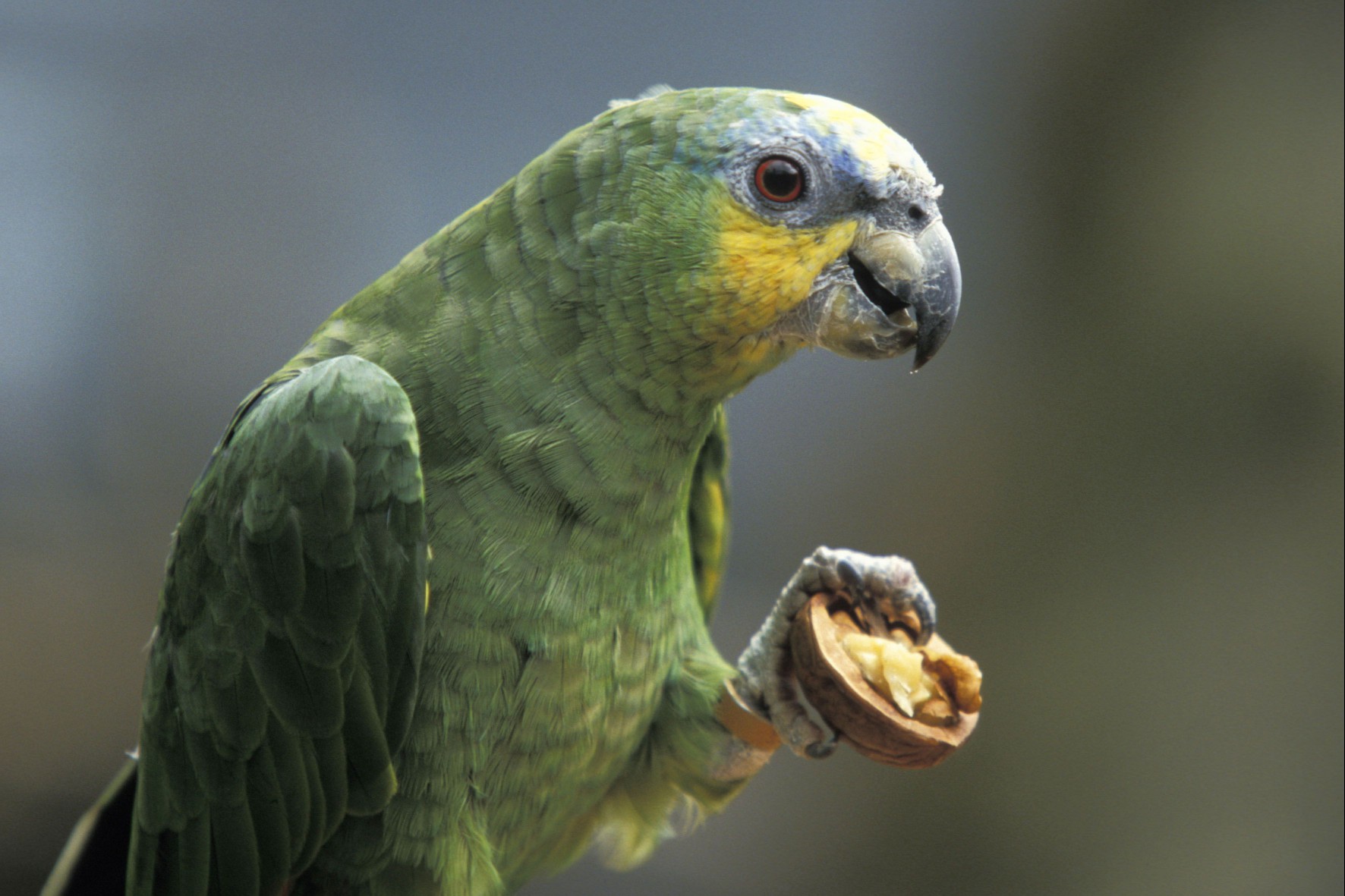
Francis Apesteguy/Getty Images
One of the most obvious signs that your bird needs a nail trim is excessive nail length. Most bird owners can tell just by looking at their pets' feet when they are due for a trim. However, if you’re a new bird owner, it’s not always easy to recognize a normal nail versus one that’s overgrown.
Ask your veterinarian to help you become familiar with your bird's anatomy, and take the time to give your bird a regular once-over for anything that’s abnormal. This is the best way to judge whether your bird needs a nail trim, as well as to notice whether it's developing any health issues.
02 of 05Changes in Perching Behavior
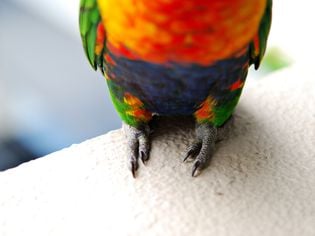
Karen To/Getty Images
One of the biggest clues that something is amiss with your bird’s feet is a change to its normal perching behavior. Have you noticed your bird favoring one foot lately? Or has it recently seemed to prefer standing on the cage floor rather than using its perches? Any sort of change in the way your bird normally perches and carries itself is a cause for concern.
It might simply be that the bird’s nails are too long, making perching uncomfortable. If that’s the case, a nail trim should resolve the abnormal behavior fairly quickly. But if your bird doesn’t improve, it could be a sign of a foot injury or a potentially serious health issue. So it’s best to see your vet as soon as possible if your bird’s perching behavior becomes abnormal.
03 of 05Difficulty Getting Around
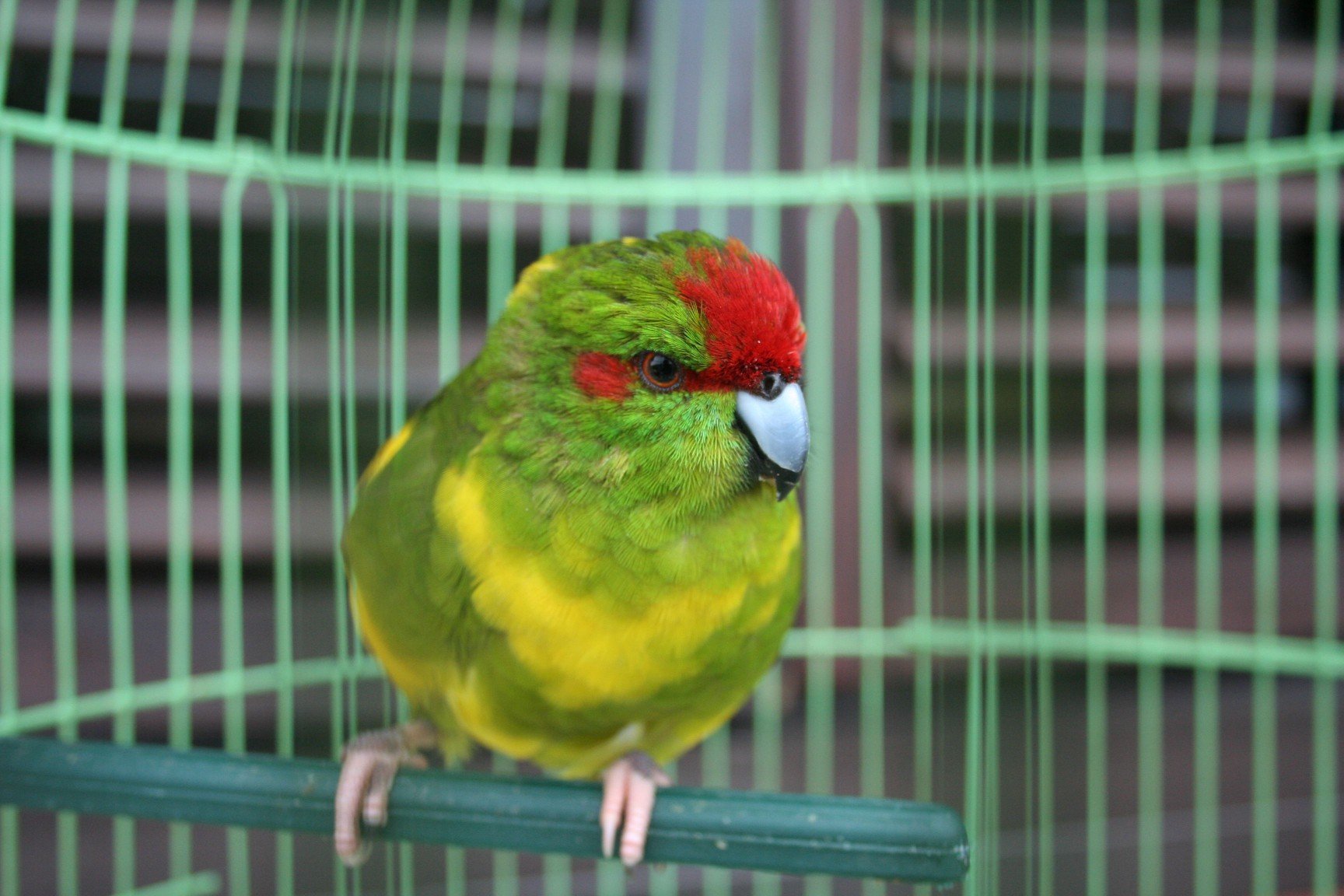
Maid Idrizovic/EyeEm/Getty Images
Birds use their feet for practically everything: walking, grasping food, climbing, playing with toys, and holding on to perches. So if their nails aren't kept in good order, many aspects of their lives can be affected.
If you notice your bird's nails getting stuck on your clothing, in bits of food, or on other surfaces, then it's definitely time for a trim. Nails that are a healthy length should give your bird traction without hindering its efforts to get around.
04 of 05Rough or Scabby Patches on the Bird's Skin

Guo Ya Hui/EyeEm/Getty Images
If you’ve been noticing abnormal patches on your bird's skin, such as rough skin or scabs, then a nail trim might be in order. Like many other animals, birds use their nails to scratch and relieve itches all over their bodies. But birds with overgrown nails are prone to accidentally scratching themselves too hard. This sometimes can cause bleeding or abrasions.
So give your bird's nails a trim if they look a little long and you notice some sore spots on its skin. If its skin doesn’t start to look better within a day or two, then you should promptly schedule an appointment with your avian vet. It's also ideal to call your vet as soon as you spot any skin issues to make sure your bird's symptoms don't require immediate attention.
Continue to 5 of 5 below05 of 05Scratches to Your Hands
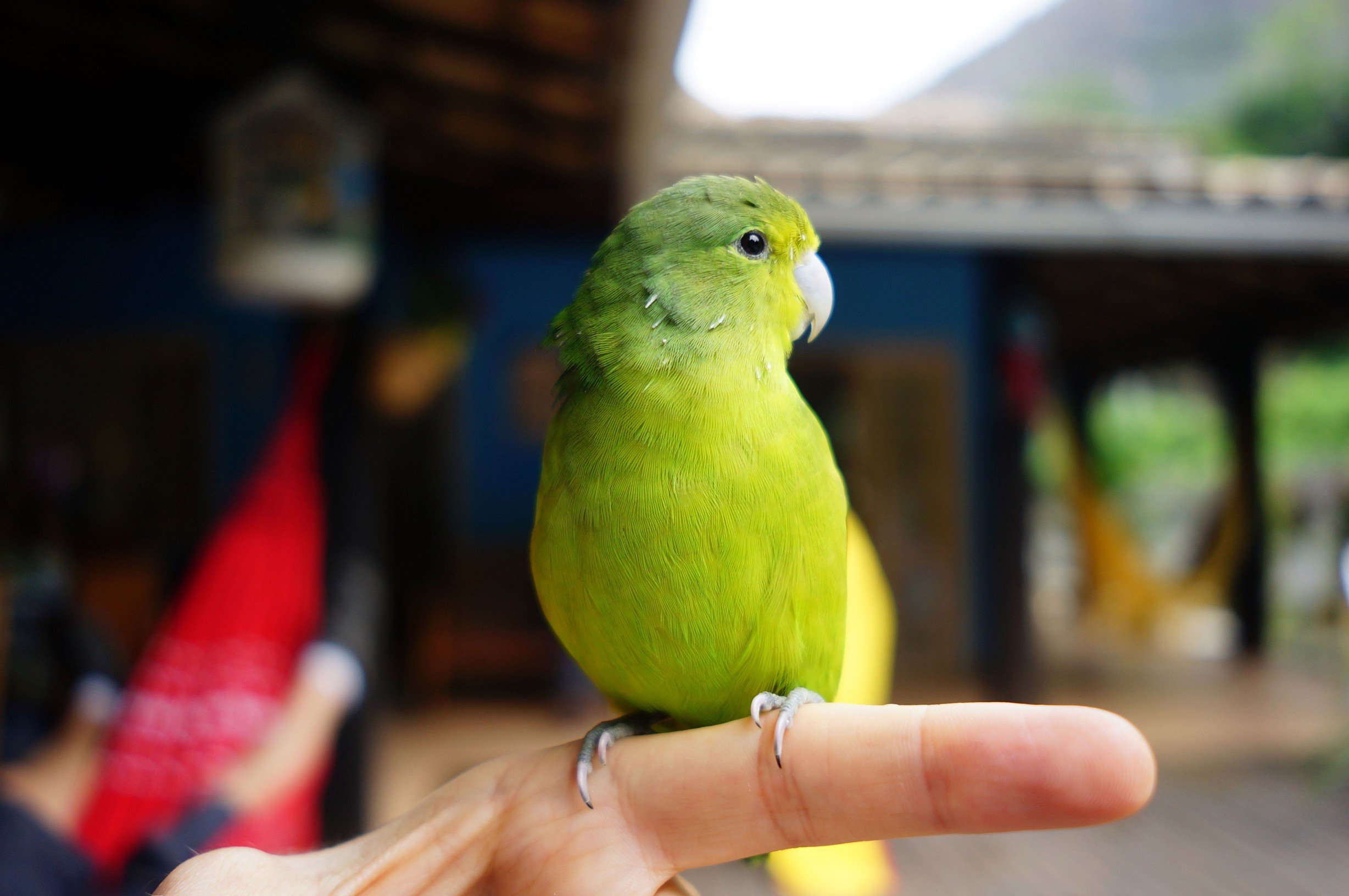
Eduardo Lohmann Cardoso/EyeEm/Getty Images
Can you comfortably handle your bird without getting painful scratches all over your hands? If not, then it's likely time to trim those nails.
While it's normal to be able to feel your bird's nails when it perches on your hand, the nails shouldn't be so long and sharp that you are unable to hold your pet without getting scratched. Opt for a nail trim any time holding your bird starts to become uncomfortable.
If you suspect your pet is sick, call your vet immediately. For health-related questions, always consult your veterinarian, as they have examined your pet, know the pet's health history, and can make the best recommendations for your pet.Related Article
 small-birds
small-birdsOwl Finch (Bicheno Finch): Bird Species Profile
The adorable Owl Finch (Taeniopygia bichenovii) is a small, long-tailed grass finch that hails fro
 small-birds
small-birdsLovebird Breeding Basics
Lovebirds are a small type of parrot that are green in the wild but have many color mutations in va
 small-birds
small-birdsJava Finch: Bird Species Profile
Small, beautiful, and quiet, the adorable Java finch has been trendy as a cage and aviary bird for
 medium-birds
medium-birds5 Fun Facts About Indian Ringneck Parakeets
Indian ringneck parakeets are quite popular companion birds, thanks in part to their beautiful colo
 bird-supplies-and-toys
bird-supplies-and-toysThe Problem With Sand and Concrete Bird Perches
It's easy for new bird owners to become a little bit disoriented when it's time to shop for
 bird-nutrition-and-food
bird-nutrition-and-foodCan Chickens Eat Pumpkins?
Chickens eat more than just chicken feed, but it doesn't mean all foods they consume are healthy fo
 bird-breeds
bird-breedsYellow-Collared Macaw: Bird Species Profile
Charming, crafty, and comical, yellow-collared macaws offer all the personality of a large macaw in
 bird-breeds
bird-breeds8 Top Quiet Pet Bird Species
By nature, birds can be quite vocal. Wild birds call out to their flocks to let others know of thei
About WhiskerClub
We are a premier digital platform committed to delivering high-quality content to our readers. Our mission is to provide accurate, reliable, and engaging information that adds value to our audience's daily lives.
Our team consists of experienced content creators and subject matter experts who uphold the highest standards of professionalism. In an era of information overload, we curate content with care, ensuring our users receive only the most relevant and trustworthy information.
Beyond just reporting facts, we focus on depth and context. Through expert analysis, comprehensive research, and clear presentation, we help our audience gain meaningful insights and make informed decisions.
We take pride in being a trusted information source for our growing community of readers. Our user-first approach means we continuously adapt to provide content that meets our audience's evolving needs and interests.
Innovation and excellence drive everything we do. We're committed to improving our platform and services to deliver the best possible experience for our users.


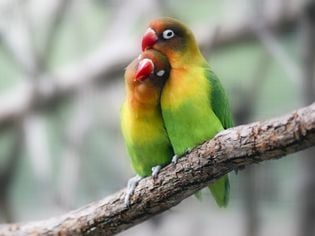
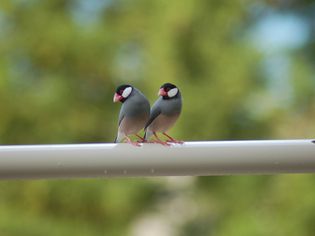

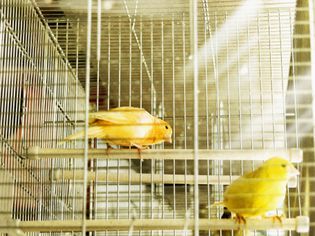
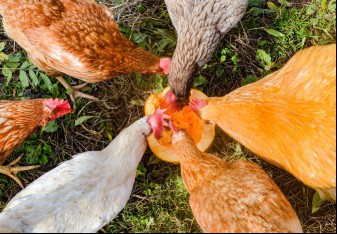
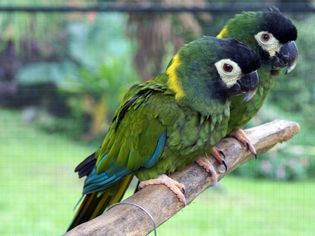
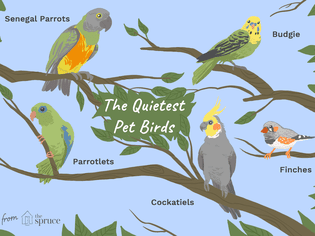
Comments on " 5 Signs Your Bird Needs a Nail Trim" :